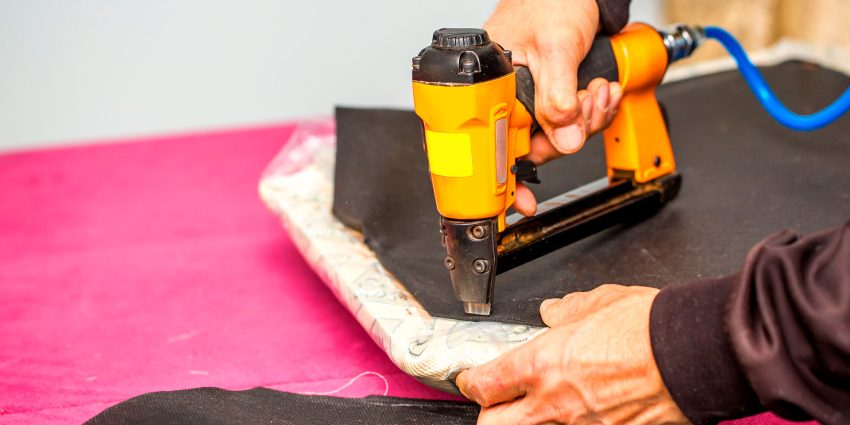Across workshops and studios, upholstery is undergoing a quiet revolution. Less waste. Smarter materials. Fewer shortcuts. Today’s craftspeople are asking better questions—about where materials come from, how long they last, and what gets left behind.
And the tools? They’re evolving too.
Because when the goal is sustainability, even your hammer plays a role.
Tools that Respect the Material
Eco-friendly upholstery starts with making the most of what you’ve got. Repurposed furniture. Vintage textiles. Biodegradable blends. But reworking reclaimed pieces or delicate natural fabrics isn’t easy with rough, generic tools.
That’s why pros are reaching for:
- Smooth-edged tack lifters that remove fasteners without shredding the frame
- Fine-point regulators that let you place and adjust without tearing fibers
- Awls and needles that support slow, careful work—not force
These tools allow for precision and protection—essential when every inch counts and waste isn’t an option.
Built to Last (And Last, and Last)
Sustainable practice isn’t just about using green materials. It’s about not constantly replacing what’s already in use. Osborne upholstery tools are designed to outlive trends—and sometimes their owners.
A single well-made hammer, awl, or stretcher can serve for decades. Maybe longer. And that kind of longevity? It’s sustainability in its purest form.
Less plastic. Less turnover. Less landfill.
Supporting Low-Waste, High-Value Work
When your goal is fewer scraps, fewer fixes, fewer do-overs—your tools need to cooperate. Osborne’s designs help upholsterers plan better, cut smarter, and execute cleanly the first time.
They reduce the need for excess. They make repurposing easier. They support a rhythm of thoughtful production over disposable output.
And when you’re working with organic fabrics, low-impact adhesives, or salvaged wood? Every move matters.
Conclusion
Green upholstery doesn’t mean compromising on quality—it means elevating it. Doing more with less. Making smarter choices. And choosing tools that stay by your side through all of it.
That’s where the future of upholstery lives: Not just in what you build, but in how you build it. And with tools that know how to keep up—with both the work and the world.

